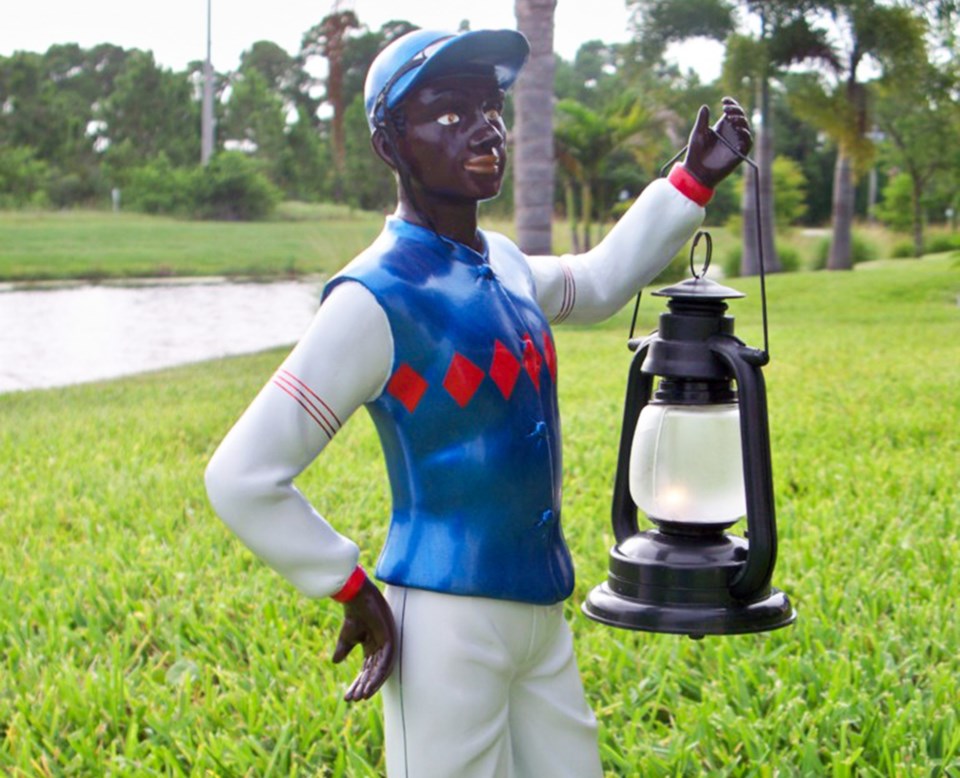 Sometimes, things are not what they appear to be.
Sometimes, things are not what they appear to be.
Sullivan Hall at Temple University in Philadelphia is a good example.
Once the main library of the university, Sullivan Hall now houses the 500,000-piece Charles L. Blockson Afro-American Collection. The artifacts, dating as far back as 1581, relate the history of the black experience in America.
Blockson, the Curator Emeritus of the collection, has installed what many regard as an offensive and racist symbol at the building’s entrance – a black “lawn jockey.”
In the 1950’s and early ‘60’s the statues were not uncommon in Sarnia. I remember seeing them while pedalling around town on my three paper routes.
Most people today would never think of displaying one. But for those who know their unique history, the statues are a hot and highly valued collectible.
Blockson says that, far from being a display of racial animus, the statues were critical guideposts on the route of the Underground Railroad in the days preceding and during the U.S. Civil War.
Neither underground nor a railroad, the name refers to the series of safe houses from the Deep South to freedom in the northern states and Canada.
Peter Pennington, for example, a fisherman who died in Sarnia in 1884, had escaped from Maryland on the Underground Railroad in 1856.
Green ribbons were allegedly tied to the arms of the statues to indicate safety, while red ribbons warned of danger and told the escaping slaves’ guide to keep going.
Other aspects of the jockey’s appearance signalled the availability of a place to sleep, a hot meal, or a change of horses. Escaping slaves would watch for telltale markings and patterns on the jockeys’ clothing that provided the roadmaps to safety and survival on the flight to freedom.
Some black historians say the original statue, known today as “The Faithful Groomsman,” was commissioned by George Washington to honour a young black youth, Jocko Graves, who allegedly froze to death while holding a lantern to guide the American Continental Army safely back to winter barracks at night.
Blockson says the statues are actually enduring symbols of black courage and perseverance. They are also reminders of a shameful period in U.S. history that led not only to the tragedy of civil war, but to the racial hatred and tensions that plague America to this day.
According to some, the black lawn jockey is a symbol of the importance of freedom, and a reminder that things aren’t always what they seem to be.
